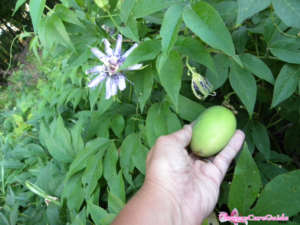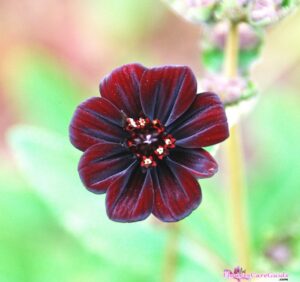Holly Fern, also known as the house holly-fern and Japanese holly fern, is a species of fern that is natives to eastern Asia. It most suitably grows from the crevices in coastal cliffs, rocky slopes, stream banks, and other such moist areas. Holly fern is named so because of its sharp-tipped, holly-like leaves. It is one of the lovely plants to have in the garden’s flower bed and gives an outstanding contrast as a background for colorful annuals. This uniqueness has made it a popular favorite piece in home gardens. Although holly ferns do not tolerate icy weather conditions, they do survive in moderately harsh winters. Even though this beautiful plant is native to Asia and has originated from here, it is now even grown in different parts of the world, including North America, Hawaii, and Australia.
About Holly Fern
The Japanese Holly Fern is a part of the Dryopteridaceae family and falls under the subfamily Dryopteridoideae. It is native to East Asia and countries like China, Vietnam, Japan, Korea, Taiwan. Although it is native to East Asia, it has propagated to other nations around the globe. Some closely related species to the holly fern are Coral Bells, Ligularia, Lungwort, Hosta, and Bleeding Heart.
The Holly fern, on maturation, reaches an average height of 2 feet (0.5 meters) and has a spread of about 3 feet. This plant is one of the best to utilize the small flower bed of the home gardens. It generally is confined to a tiny place, and therefore it can also be planted as a house plant or in a small container. This plant remains green in mild climatic conditions. However, this plant cannot survive in icy areas or places with highly chilling temperatures. They can grow magnificent at room temperatures.
The plant is an excellent option if planned to be kept indoors as the holly fern is very tolerant to low lighting, gas fumes, and dry air. It also does not produce any flowers or does not have fragrances. It is also non-toxic to cats and dogs. Hence these are great indoor options. It can also require proper occasional groomings when it sheds, mainly during the winters.
How to Grow Holly fern
It is highly recommended to plant the holly fern-like Japanese holly fern or East Indian holly fern partially to full shade as it is exceptionally tolerant to low lighting. It is sure to grow its best in fertile, loose, and moist soil. There are two methods to propagate the holly ferns, including fortune’s holly fern. One process involves sowing its pores, while the other method involves taking a section from its rootstock. One can use any of these methods if this beautiful plant is available nearby.
If one has a holly fern and wants to propagate it, then spring is the best time for them to do it. The new sections should be preferably planted in moist and humus-rich medium and away from direct bright light. One should make sure to keep the soil moist until noticing the new growth. They should be transferred to the preferred place only when they develop the roots.
Caring Holly fern
The most important thing to consider for holly fern care is that this plant loves moist, well-drained, and acidic soil. The soil that is rich in organic matters is the best one can provide to the Holly fern. When planting the holly fern indoors, one should ensure that it is exposed to bright, indirect sunlight.
For the best results, one can give fertilizers to their young holly ferns once every two weeks. One should never forget that holly fern should be placed in an enormous container during repotting than its previous container during spring. It is also good to use the potting mixture, a mix of coarse peat moss or half leaf mold.
For having an evergreen healthy holly fern, it is imperative to have a well-scheduled watering routine for at least the first season. It lets the plant penetrate deeper and hold the solid more tightly and establish an extensive root system. Later on, on average, one can water it at least once a week. The very first thing to be checked should be the dryness of the topmost layer of the soil. If it is dry, it is best to water deeply and ensure that all the excess fluid runs away. The pots should be guaranteed to have good drainage if the plant is being kept indoors. It is also recommended to wash the leaves of the holly fern with warm water to make it look fresh and elegant.
The best time for season-start fertilization is during the late winter days. For this purpose, a general all-purpose fertilizer would serve the best. However, make sure that one does not overfeed fertilizers to holly fern as they may get damaged. It is always recommended to move towards the organic methods of gardening.
The plant also needs periodic grooming. It is always advised to trim the plants if it looks shaggy or overgrown. The damaged parts of the plant can be cut after the winter in February. In March, the new spring grows in the holly fern.
One should always pay attention to pests like snails, mites, mealybugs, and scales. The pests immensely damage the plants and spoil one’s garden look. They are to be severely looked at as they pose a significant threat to the show plants like the holly ferns. However, it should be noted that spores found in the underside of the leaves of the holly fern are necessary parts of the plant’s reproductive system. So it should not be confused with pests.
The holly fern is a great plant to have in your garden or indoors that has straightforward necessities but provides an elegant outlook in return. If one loves a deep green garden between colorful flora, then it is a must-have plant. It is a beautiful houseplant as well and is non-toxic and fragranceless. These plants draw attention and make the indoors very lively.



